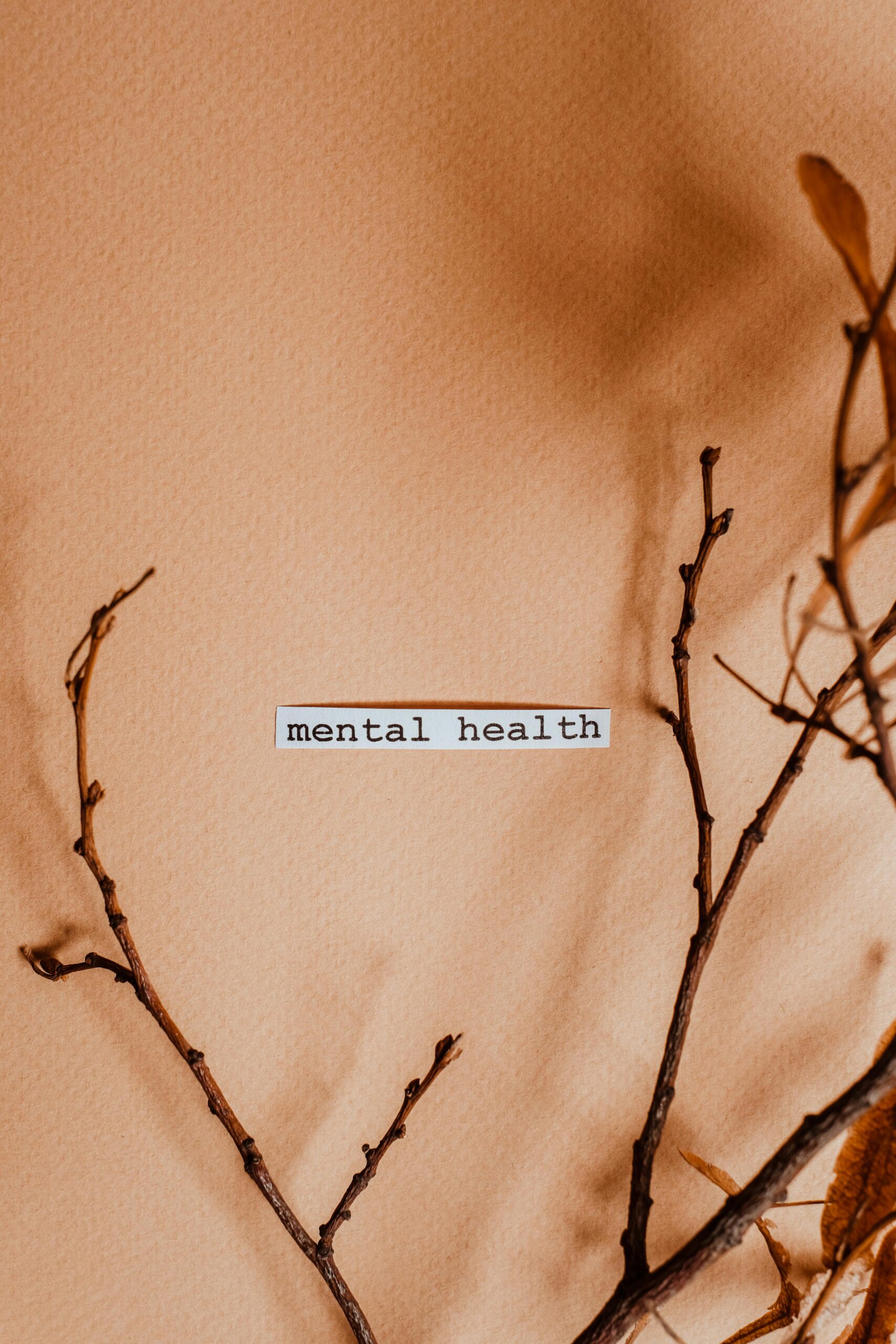Physical Address
304 North Cardinal St.
Dorchester Center, MA 02124
Physical Address
304 North Cardinal St.
Dorchester Center, MA 02124

How you see yourself silently shapes your choices, relationships, and even your resilience.
Self-esteem isn’t just about confidence or liking how you look in the mirror. It’s the inner voice that narrates how worthy, capable, and valued you feel in the world. It’s how you see yourself, not in passing moments, but deep down when no one else is watching.
Your level of self-esteem silently drives major parts of your life how you make decisions, how you handle failure, what relationships you accept, and what dreams you dare to chase. Here’s how it shows up:
Career Choices: Low self-esteem might cause someone to settle for “safe” options rather than reach for what they truly want.
Relationships: It can determine whether we set healthy boundaries or tolerate disrespect.
Mental Health: Chronic self-doubt can fuel anxiety, burnout, and depression.
Resilience: People with healthy self-esteem recover from setbacks faster. They view failure as feedback—not a verdict on their worth.
It doesn’t come from a single source. It’s shaped over time by experiences, relationships, and beliefs. Some influences are early in life, others are ongoing. And the more diverse these sources are, the healthier and more stable your self-esteem becomes.
Let’s visualize that with a pie chart.
Imagine your self-esteem as a pie. Each slice represents a source of self-worth. The goal? Balance and variety. If your entire pie comes from one source—say, academic achievement then a bad grade can crush your sense of worth. But if it’s balanced, a single setback won’t shake your entire identity.
Here’s an example breakdown:
| Source of Self-Esteem | % of Pie |
|---|---|
| Supportive Relationships (friends, family, mentors) | 25% |
| Personal Achievements (goals, skills, hobbies) | 20% |
| Inner Values & Beliefs (purpose, ethics, spirituality) | 20% |
| Self-Care & Body Awareness (physical health, rest) | 15% |
| Learning & Growth (education, curiosity, progress) | 10% |
| External Recognition (praise, social media, awards) | 10% |
🧩 Note: When your pie is dominated by external recognition, your self-esteem becomes fragile dependent on others’ opinions. But when it’s rooted in internal sources like values and growth, it becomes more resilient.
Invest in different areas of your life. Don’t rely on just one identity or role to define you.
Learn to affirm yourself. Don’t wait for outside approval—validate your efforts internally.
Surround yourself with people who reflect your worth. Not ones who constantly make you doubt it.
Celebrate progress, not perfection. Your worth isn’t tied to flawless results.
Do small things that prove you care about yourself. Consistent self-respect builds inner trust.
Self-esteem isn’t fixed it can evolve. The more you nourish it from different directions, the stronger and more stable it becomes. So if your inner voice has been unkind or uncertain lately, start rewriting that narrative one small, balanced slice at a time.